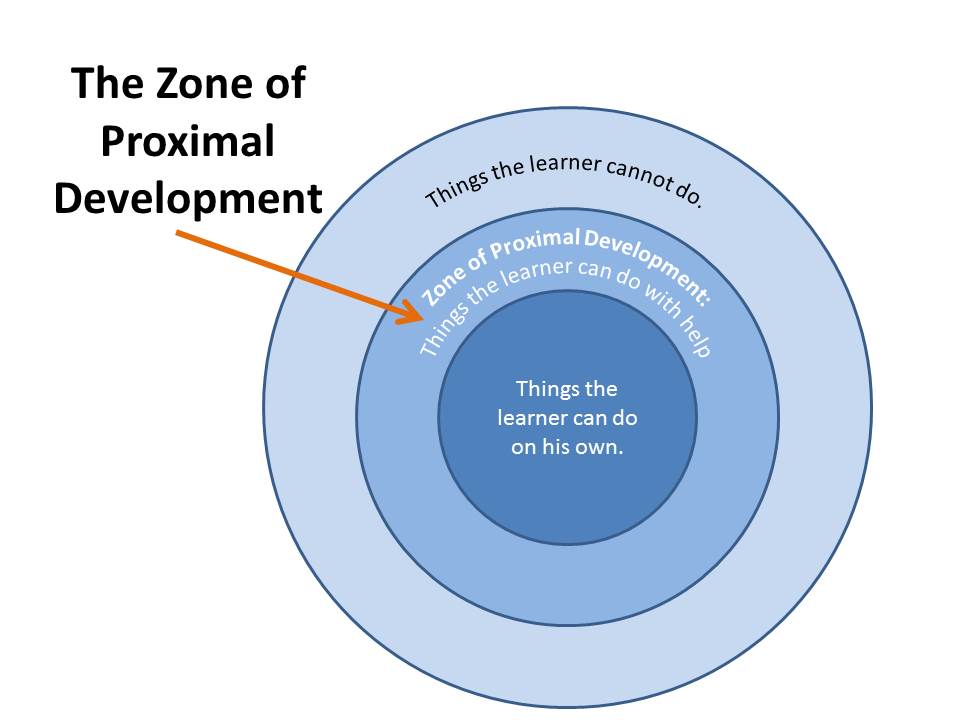
By Carol Linden
This is the final topic of the communication series as we conclude with the “Science of Yelling.”
The response to this series has been positive and I’m grateful for that. In this final topic I’m looking forward to shedding some light on the issue of yelling in coaches’ communication. I need to speak the truth from my ability to perceive and speak that truth. Let’s see how this cultural norm is challenged by science.
(Chris here: As a coach if you’ve used yelling as a tool, or if you have not, my hope is that you’ll consider this blog as an opportunity to grow in the skill of effectively communicating with your athletes. At the end of this blog I’ll share my opinion along with how it has influenced my practice of coaching.)
For reasons gleaned from psychology and from brain science, I’m asking you to consider not yelling at your athletes.
THE EXCEPTION to this rule: If a student is about to do something dangerous and you must shout to stop them before they injure themselves, of course shout to get their attention, to stop them, and to protect them from harm.
Otherwise, I’m asking you not to use yelling as a teaching tool.
We’re going to look at this issue from three different angles:
- Amygdala and “fight or flight” response
- Decreased ability to learn and to remember what they’ve been taught
- Social shaming activates the same part of the brain as being struck
Activating the amygdala—fight or flight response
When the amygdala is activated, a chain of chemical events starts that we have no control over. Cortisol is released into the system by the adrenals to help us deal with an emergency. Blood retreats from our fronts lobes, where decision-making happens in the brain, to go to our muscles to help us survive if we need to “fight or flee.”
All of this helps us escape a saber-toothed tiger. None of it helps us think more clearly. If you want your athletes to be able to follow your reasoning and hear what you’re saying, starting this domino-effect of chemical reactions is not helping. And it takes at least 20 minutes for this to clear and help them get back to their normal level of thinking and reasoning. That’s a lot of practice time that is not being used very effectively.
(Chris here: From teaching Anatomy and Physiology we can see the autonomic nervous system (ANS) includes two branches of the sympathetic (fight-or-flight) and the parasympathetic (resting-and digesting). This is important to know because the ANS controls body activities automatically. Why am I stating this fact? As Carol stated there is no control over the response. As coaches, this should make us ask how this tool is used.
Decreased learning and retention
We need to have our frontal lobes active and fully functioning so that we can learn and retain knowledge. If you need your athletes to be able to think and learn from their mistakes, then I would not start stressing them with yelling.
I imagine for their performance to continue to improve, you do need them to hear you clearly, retain the knowledge, and use what you teach them effectively. Help them do that by helping they stay clear and open to you.
(Chris here: As an educator and coach I often ask how my students and athletes learn best. One of the theories I like from Lev Vygotsky (a classic expert in education) shows the “zone of proximal development” (ZPD). This theory is defined as: “the distance between the actual developmental level as determined by independent problem solving and the level of potential development as determined through problem solving under adult guidance, or in collaboration with more capable peers” (Vygotsky, 1978, p. 86). This can be seen below:

Shaming is perceived by the brain as a physical blow
I have studied Psychological Type from the perspective of brain science and EEG studies. Dr. Dario Nardi of UCLA has taught me personally in workshops and conference presentations, as well as through his books. Wonderfully exciting stuff going on in this field. That said, he taught me a fascinating thing.
The same region of your brain that activates when you are physically struck also activates when you are socially shamed.
Think about that…
What’s the logical connection? We’re theorizing here, but the theory is that this has served human kind as a survival mechanism. For millennia, human beings survived because they stayed in tribal groups that increased their chances of survival. Being thrown out of the tribe (we know that from the late 20th century from the TV series SURVIVOR and “being voted off the island”), in more distant times this could very well be a death sentence. This being said, the idea of being shamed publicly could very well be wired into our brain with our very survival. This is how I’ve arrived at the conclusion not to activate that in a young athlete’s brain. It does not serve the positive reinforcement for anyone involved in the process.
(Chris here: Many times in coaching I tend to repeat what has been my experience or what I reasonably think would be the best result. I think this is a shallow approach to effective communication. What I believe we must do is reach deeper and ask, “how am I uniquely skilled?” and,”what is the best approach to communication for all my athletes?” I believe strong communication can happen without belittling those that are being instructed. I’ve coached many high level teams and athletes to championship status by encouraging them to be better. Unfortunately, over the last year I’ve let my temper go too far a few times and my goal is for this not to happen again. This is what I’ve personally learned from this series.)
In conclusion, it has been an honor to be asked to co-author this series with Coach Morland. I’m happy to take questions. Let me know what was helpful and what wasn’t. And feel free to contact me at carol@effectivewithpeople.com.
(Chris here: This has been one of the most broad and thought-provoking series we’ve done on MorlandSTRENGTH.com I appreciate the effort our expert in communication Carol Linden has put in each blog along with my co-partner Cathy Morland’s images that have brought this series to life. This is what our mission is about – uniting others together in “championship moments” which provide a better result. Thanks for reading and please let us know your feedback!)


Carol A. Linden
Effective With People, LLC
“playing well with others is good business”
919 599-9301
The JOB SEEKERS GUIDE for Extraverts and Introverts
is available on Amazon now, paperback and Kindle.
